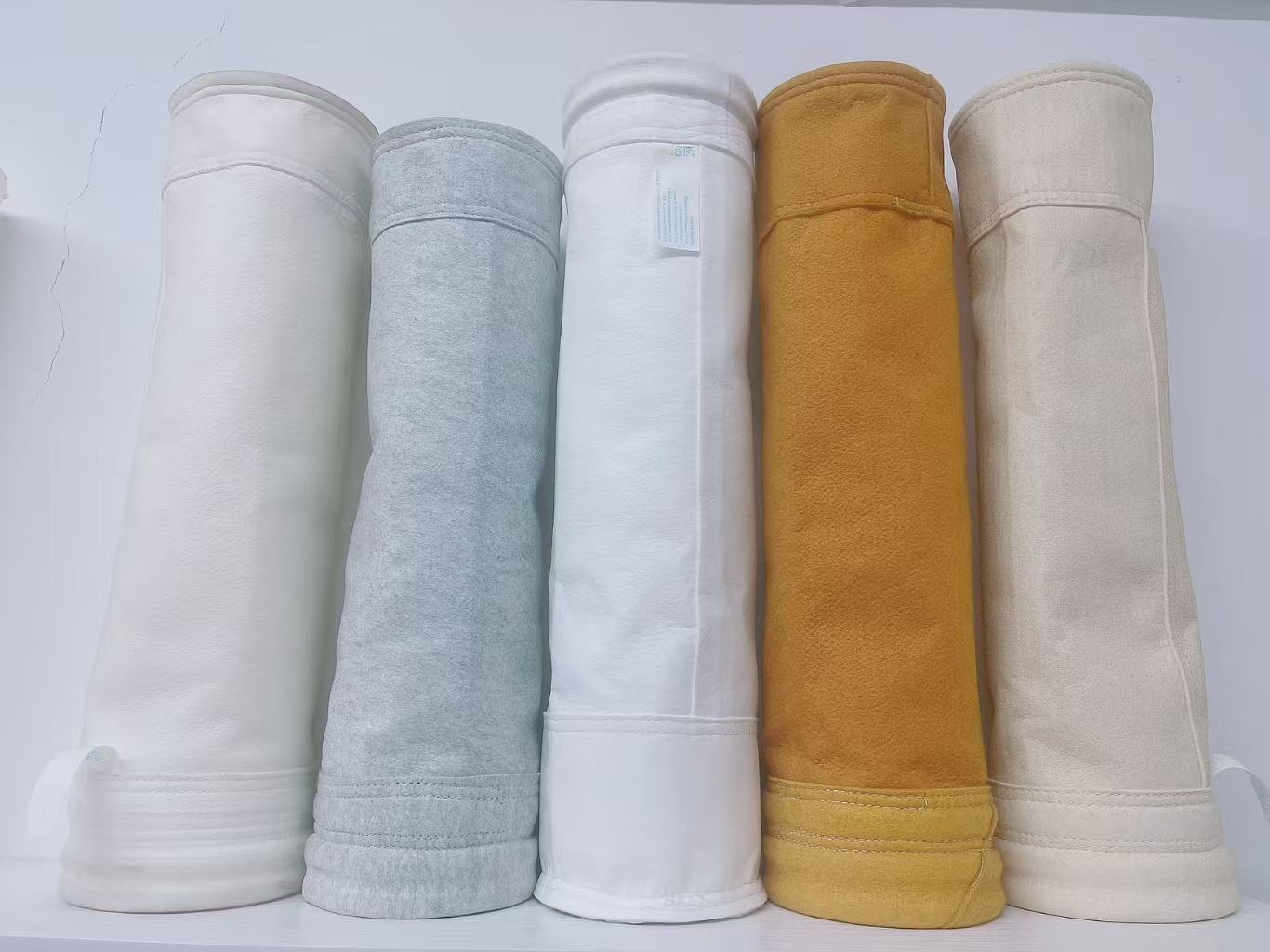Under China’s “dual carbon” goals and ultra-low emission policies, the industrial dust filter fabric industry is undergoing technological upgrades and market expansion. Data shows that China’s non-electric dust removal equipment market exceeded 20 billion yuan in 2024, with filter fabrics as critical consumables for meeting environmental challenges.
Policy and Market Opportunities
The Ministry of Ecology and Environment mandates ultra-low emission upgrades for key industries by 2025, boosting demand for high-performance filter fabrics. In sectors like cement and steel, traditional polyester fabrics can no longer meet PM2.5 emission standards, giving rise to PPS, P84 needle-punched felt, and membrane-coated materials. Companies like Zhejiang Dongda Filter Materials have extended filter bag lifespan to over 3 years and reduced maintenance costs by 40% through composite material innovations.
The Ministry of Ecology and Environment mandates ultra-low emission upgrades for key industries by 2025, boosting demand for high-performance filter fabrics. In sectors like cement and steel, traditional polyester fabrics can no longer meet PM2.5 emission standards, giving rise to PPS, P84 needle-punched felt, and membrane-coated materials. Companies like Zhejiang Dongda Filter Materials have extended filter bag lifespan to over 3 years and reduced maintenance costs by 40% through composite material innovations.
Technical Innovation Directions
- Material Diversification: New products like aramid hydro-entangled felt and basalt composite fabrics break foreign monopolies, balancing strength and low resistance.
- Process Optimization: Hydro-entanglement replaces traditional needle-punching, increasing production efficiency by 10 times and optimizing porosity to 80%, cutting energy consumption.
- Intelligent Management: IoT sensors monitor filter bag pressure and damage in real time, using AI algorithms to predict maintenance cycles and reduce downtime.
Synergistic Governance Trends
The future will see deeper integration between filter fabrics and desulfurization/denitrification equipment. For example, in coal-fired power plants, PPS membrane-coated fabrics paired with SCR systems enable simultaneous removal of dust, SO₂, and NOx, creating a “filtration + purification” integrated solution.
The future will see deeper integration between filter fabrics and desulfurization/denitrification equipment. For example, in coal-fired power plants, PPS membrane-coated fabrics paired with SCR systems enable simultaneous removal of dust, SO₂, and NOx, creating a “filtration + purification” integrated solution.
Post time: Mar-31-2025
